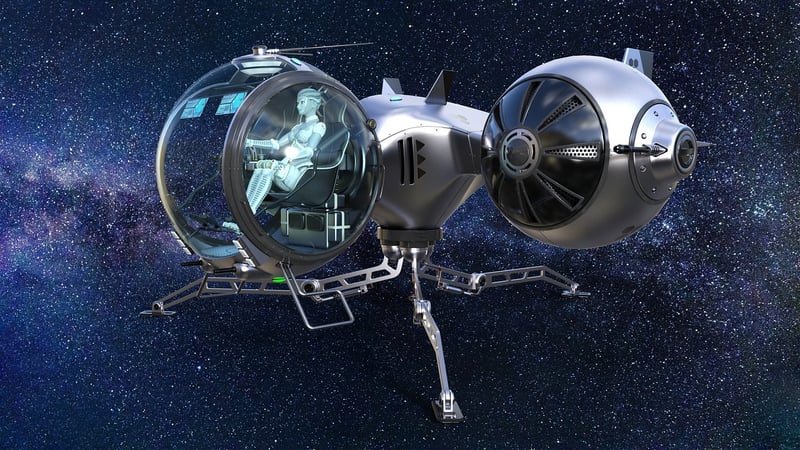Navigation Strategies
Strategies for Successful Interstellar Missions
Introduction
Embarking on interstellar missions is a monumental undertaking that requires careful planning and strategic execution. To ensure the success of such missions, various strategies need to be implemented, particularly in the realm of navigation. Let's delve into some key strategies for successful interstellar missions, focusing on navigation techniques.
1. Advanced Propulsion Systems
One of the critical aspects of interstellar travel is the propulsion system used. Advanced propulsion technologies like ion propulsion, nuclear propulsion, or even theoretical concepts like warp drives can significantly reduce travel time and enable faster journeys through space.
2. Autonomous Navigation Systems
Interstellar missions involve vast distances and communication delays with Earth. Autonomous navigation systems equipped with artificial intelligence can help spacecraft make real-time decisions, adjust trajectories, and avoid obstacles without relying on constant communication with mission control.
3. Celestial Navigation
Utilizing celestial bodies like stars, planets, and pulsars for navigation can serve as a reliable reference point for spacecraft traveling through the depths of space. By accurately charting the positions of these celestial objects, spacecraft can maintain their course and orientation.
4. Gravitational Assists
Gravitational assists involve using the gravitational pull of planets or other celestial bodies to alter the trajectory of a spacecraft and increase its speed. By carefully planning gravitational assist maneuvers, interstellar missions can conserve fuel and achieve higher velocities.
5. Deep Space Network Communication
Establishing a robust communication network like NASA's Deep Space Network (DSN) is crucial for maintaining contact with spacecraft during interstellar missions. The DSN enables continuous communication, data transmission, and command updates between Earth and the spacecraft.
Conclusion
Interstellar missions represent the pinnacle of human exploration and technological advancement. By implementing advanced propulsion systems, autonomous navigation, celestial navigation, gravitational assists, and reliable communication networks, we can enhance the success rate of interstellar missions and pave the way for future space exploration endeavors.
Image source: https://pixabay.com/photos/spacecraft-spaceship-launch-1027932/

Image source: https://pixabay.com/photos/milky-way-starry-sky-night-sky-star-2695569/

